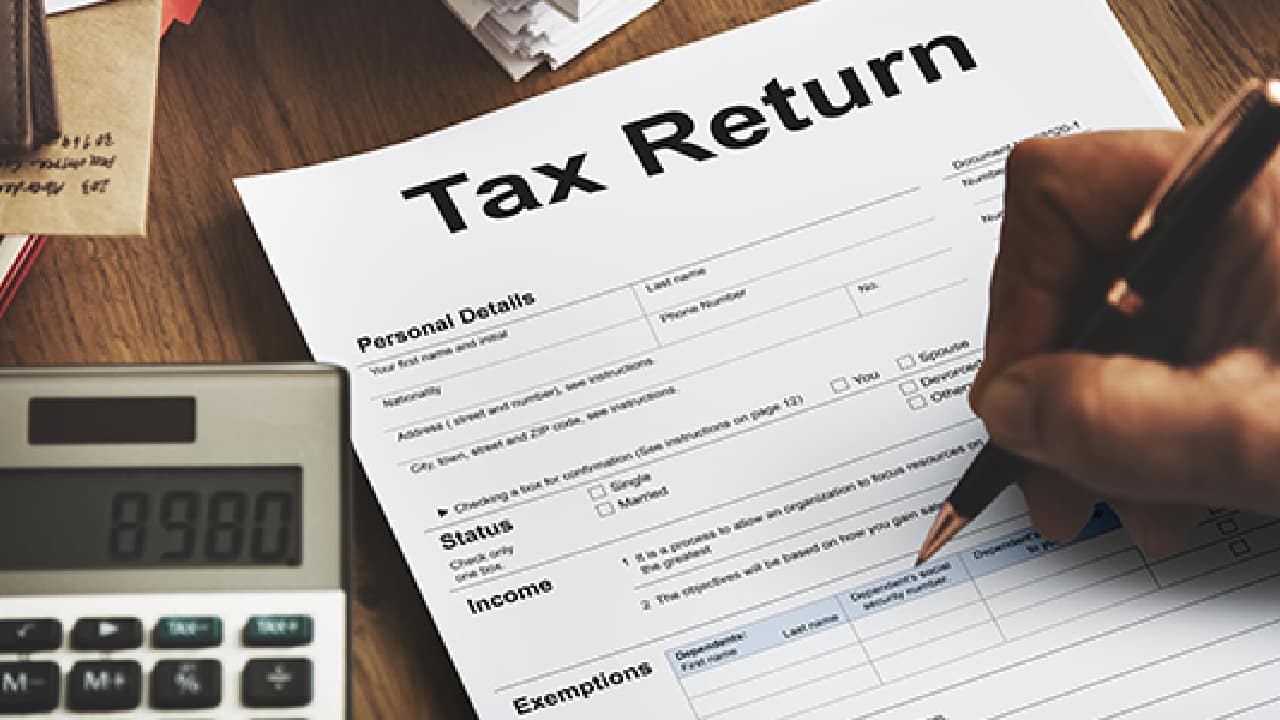Individuals often have a tough time filing their income tax returns. However, filing income tax returns has become very easy in recent years. If all the documents are in place, the process does not take more than 30 minutes.
The last date for filing returns for the financial year 2022-23 (assessment year 2023-24) is July 31. Experts say it is not wise to wait till the last few days to file returns. Tax returns should be filed as early as possible to avoid potential last-minute mistakes. Also, filing returns after the last date may incur a penalty.
Salaried individuals filing income tax returns for the first time should keep the following crucial points in mind:
Keep vital documents such as Form 16 and proof of investments for eligible deductions ready. Make sure you have all your salary slips, Form 26AS, which will be important to correctly calculate your total income and claim deductions.
Your employer gives Form 16 by June 15 every year. It is a key documented proof of your taxable income for that financial year. Form 16 has details about your annual income, taxable and exempted allowances, and so on.
Also Read: Filing ITR for crypto gains? Here’s what you need to know | Simply Save
If you have other investments as well, the details should be filled in the tax return form.
Form 26AS
This form contains details of tax deducted at source (TDS) from your income and payments made to you. Taxpayers can download Form 26AS from the official e-filing website. Every TDS payment to the tax authorities from your income is automatically updated in Form 26AS.
Annual Information Statement (AIS)
The Annual Information Statement (AIS) carries details of interest, dividend, securities transactions, mutual fund transactions, foreign remittances and so on. When a taxpayer opts for a ‘prefill’ option, information from the AIS is filled in the income tax return form.
Calculate Your Total Taxable Income
Always knock off your tax-saving deductions from your gross income (which includes earnings from salary and other sources) to know your taxable income.
Also Read: ITR Filing: All you need to know about how to account for income from house property
Individuals can take advantage of various deductions available under sections such as 80C (for investments including life insurance premium, Public Provident Fund, National Savings Certificates, Post Office Time Deposit Scheme, and Senior Citizens Saving Scheme and repayment of the principal component of a housing loan) and 80D (medical insurance premium).
You can avail tax benefits on life insurance premiums of up to Rs 1.5 lakh under Section 80C. Health insurance premiums of up to Rs 75,000 are tax exempted under Section 80D.
You can avail tax benefits on life insurance premiums of up to Rs 1.5 lakh under Section 80C. Health insurance premiums of up to Rs 75,000 are tax exempt under Section 80D. Also, donations to specific institutions are eligible for tax exemption under Section 80G of the Income Tax Act, 1961.
Know Income Tax Slabs
It is important to ascertain your income bracket. The government announces income tax slabs annually. At present, it consists of two regimes. Both the new and old regimes offer tax benefits.
Also Read: ITR filing: Know how to file income tax returns without Form 16 in simple steps
Slabs for individuals become relevant, depending on their income. Simply put, those with higher earnings are obligated to pay a greater amount of tax.
Verify TDS Details
Always crosscheck the tax deducted by your employer with the details in Form 26AS. Ensure there are no inconsistencies and contact your employer for rectification if needed.
Use Online Filing Platforms
Taxpayers should use online tax filing platforms or e-filing portals provided by the income tax department. These platforms make the process easy and offer step-by-step guidance, ensuring accuracy and convenience.
Tax authorities have set up an independent portal for e-filing of returns. Log on to https://www.incometax.gov.in/iec/foportal for e-filing of returns.
Also Read: ITR filing: Claiming tax deductions without proofs can backfire, warn CAs
ITR Forms
Taxpayers should always include income from all sources such as salary, investments and rent while filing tax returns and choose the correct form based on income sources and financial situation.
Mistakes Made During Filing
If an individual finds an error, omission or wrong statement after filing returns, revisions can be made within the prescribed time. A return can be revised at any point in the three months prior to the end of the assessment year or before the completion of the assessment.
Verifying ITR Details
After filing the tax returns, the final step is to verify it – either online or offline. For the online option, an individual can use the Aadhaar one time passcode to access and verify the return. The income tax department will send an e-verification mail to confirm the verification process.
In the offline option, the taxpayer has to send a signed printout of the return to the Centralised Processing Centre in Bengaluru.

